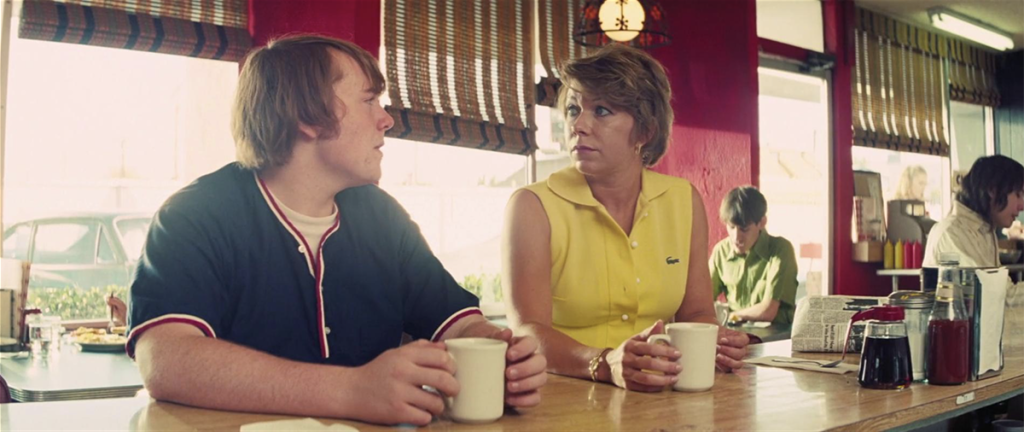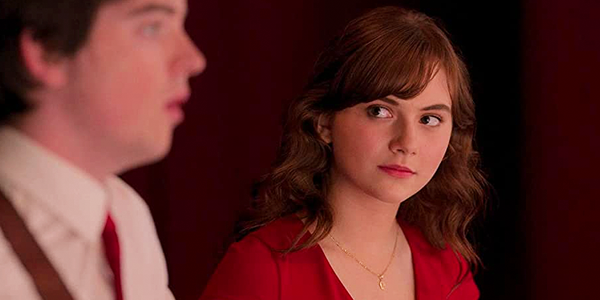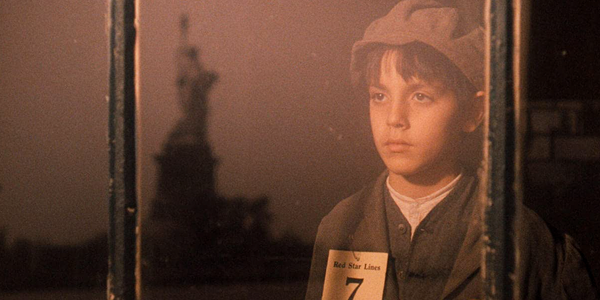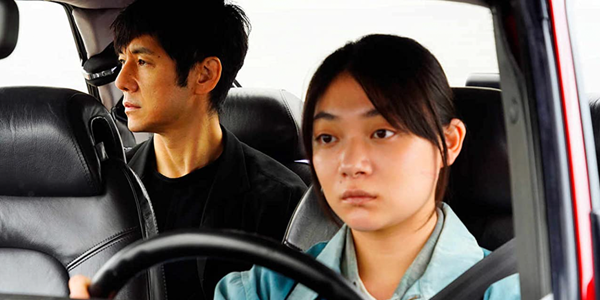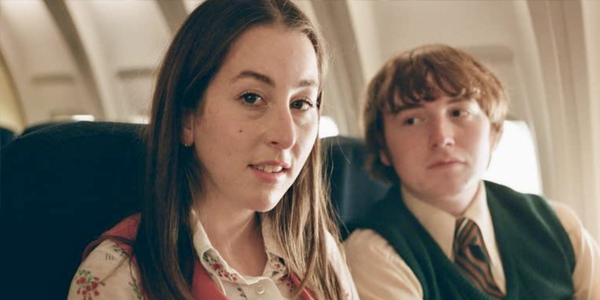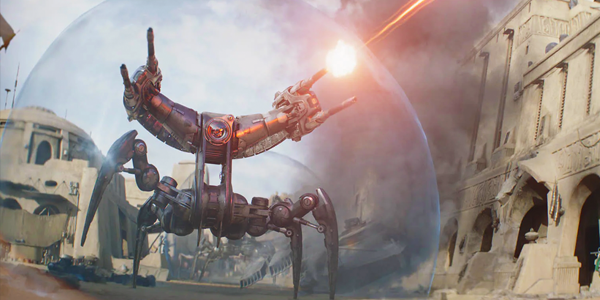also on Cineluxe
Sign up for our monthly newsletter
to stay up to date on Cineluxe
The differences between the original 1080p and new 4K HDR release are subtle but cumulatively add up to a far richer experience
by Dennis Burger
April 30, 2022
What is the opposite of Death by a Thousand Tiny Cuts? It’s not a rhetorical question. I need to find a pithy idiom that fits such a description before I can fully wrap my brain around the differences between the 1080p release of Licorice Pizza and the new 4K HDR release that followed a month later on Kaleidescape (although not on disc—the 4K version is exclusive to the digital domain, it seems).
In my original review, I said, “Of all the films I’ve seen in the past year, if any of them begs to have been released in UHD/HDR,” it’s this one. I also said you could “at times see the image struggling against” the limited resolution and squidged color palette of last generation’s home video standards. I complained of flesh tones that lacked nuance, highlights that were clipped, and detail that was lost in the shadows.
Now that my Kaleidescape download has been upgraded to 4K HDR, though, and I’ve had the opportunity to compare the full-resolution, full-gamut release to the scaled-down Blu-ray equivalent, I have to say I have a newfound appreciation for whoever oversaw the film’s high-definition down-sampling. The differences between the two are subtler than I might have expected in isolation but they add up to an experience that is cumulatively borderline transformative.
There are, it must be said, a handful of scenes in which the 4K resolution and HDR grading make all the difference in the world. The early scene in which Gary (Cooper Hoffman) and his mother sit in a brightly lit diner discussing his upcoming trip to New York stands out. In 1080p, without the benefit of HDR, the light pouring through the windows is blown out, obliterating a lot of the detail in the various goings-on outside the diner.
There’s also a scene late in the film in which Alana (Alana Haim) sits on a curb in darkness watching Gary and his friends horse-play around a broken-down delivery truck. In 4K, the shots of Alana have been brought way down in overall brightness to properly reflect the time of day, but given the expanded dynamic range, we can still see details in the shadows that would have been lost had the 1080p transfer been brought down to this same overall level of darkness.
Aside from such obvious standouts, comparing scenes between versions is a meditation on subtleties. Skin tones are a little less patchy and a little more balanced. Textures pop just a bit more. There’s significantly more consistency in the luminance from scene to scene. But frankly, the differences are often so finespun that less-attentive viewers might miss them altogether.
I’m here to argue that those differences still matter. Perhaps you could claim that the limited color gamut and resolution of 1080p was able to capture, say, 90 percent of the meaningful chroma and luminance information locked in the original film negative. (Remember, there was no digital intermediate for this one.) But in the moment, even if you’re not consciously aware of it, your eye and your brain register those limitations—those distractions—without really putting in context how close to the target they got.
So, yeah. Let’s call it “Revitalization by a thousand tiny boo-boo kisses.” By the time those tiny improvements are summed, you’re left with a film that’s much less distracting to watch, whose remaining imperfections were baked in the moment light passed through the lens and exposed a frame of 35mm film. Frankly, I don’t think your average videophile would fully appreciate the benefit. But for cinephiles, these differences matter. Watching the film in 4K HDR—once I got through with the academic exercise of quantifying the improvements—I found I was able to give myself over to Licorice Pizza fully in a way I don’t think would have ever been possible in 1080p. And I legitimately enjoyed it more this time around.
Dennis Burger is an avid Star Wars scholar, Tolkien fanatic, and Corvette enthusiast who somehow also manages to find time for technological passions including high-end audio, home automation, and video gaming. He lives in the armpit of Alabama with his wife Bethany and their four-legged child Bruno, a 75-pound American Staffordshire Terrier who thinks he’s a Pomeranian.
© 2023 Cineluxe LLC


